26 Plants You Should Always Grow Side-By-Side
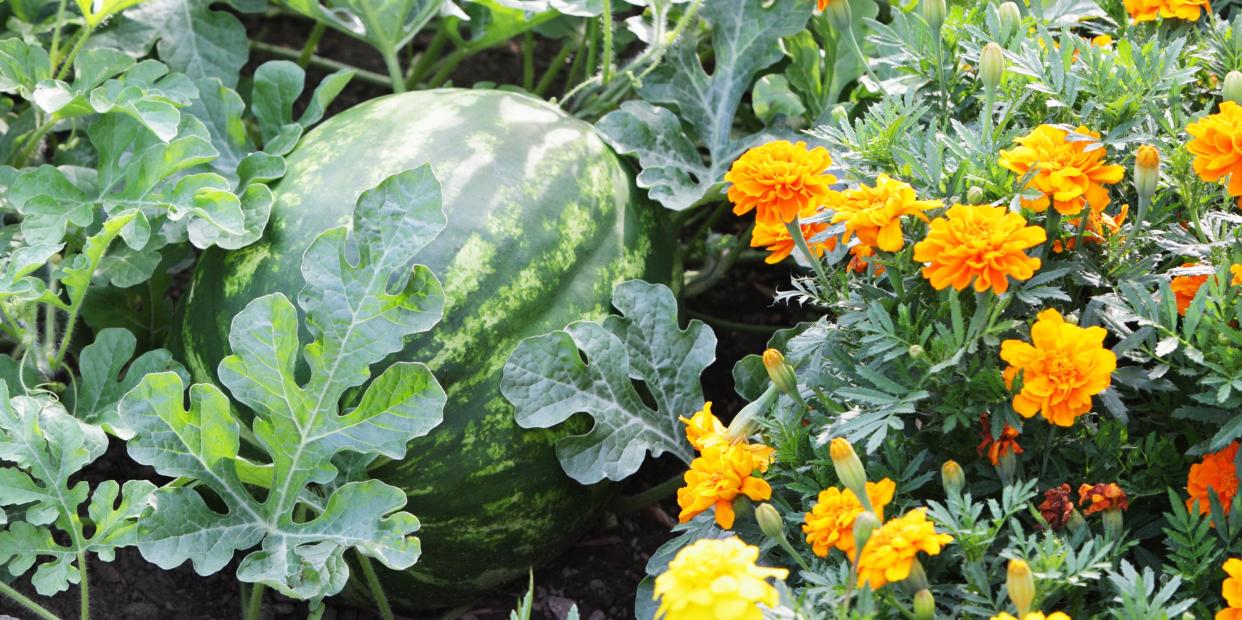
Seasoned gardeners know that a diverse mix of plants makes for a healthy and beautiful garden. Many believe that certain plant combinations have extraordinary (even mysterious) powers to help each other grow. Scientific study of the process, called companion planting, has confirmed that some combinations have real benefits unique to those pairings.
Companions help each other grow and use garden space efficiently. Tall plants, for example, provide shade for sun-sensitive shorter plants. Vines can cover the ground while tall stalks grow skywards, allowing two plants to occupy the same patch.
Some couplings also prevent pest problems. Plants can repel harmful organisms or lure the bad bugs away from more delicate species.
These combinations of plants do way better, together:
Roses and Garlic
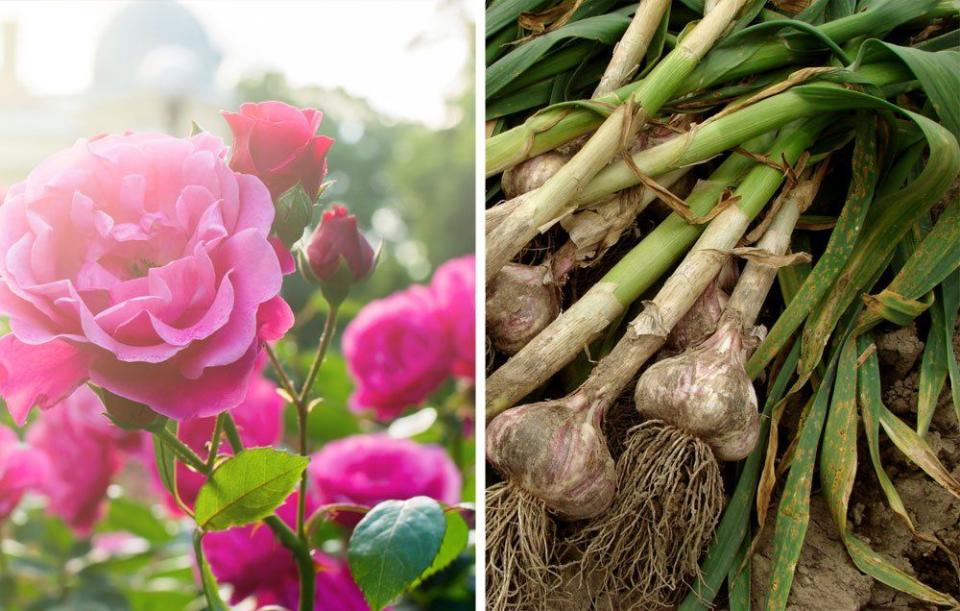
Gardeners have been planting garlic with roses for eons since the bulbs can help to repel rose pests. Garlic chives are probably just as repellent, and their small purple or white flowers in late spring look great with rose flowers and foliage.
Marigolds and Melons
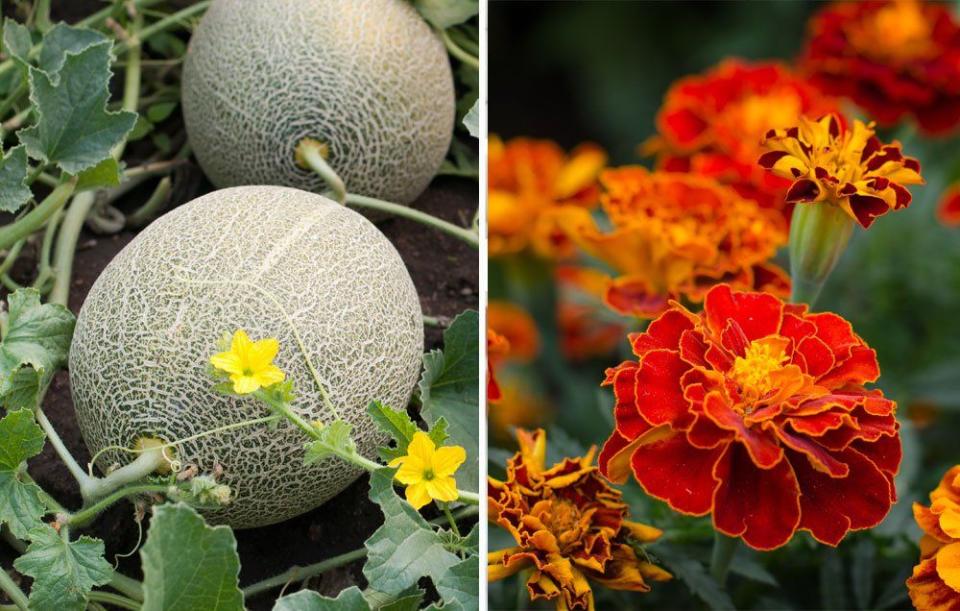
Certain marigold varieties control nematodes in the roots of melon without using chemical treatments.
Tomatoes and Cabbage
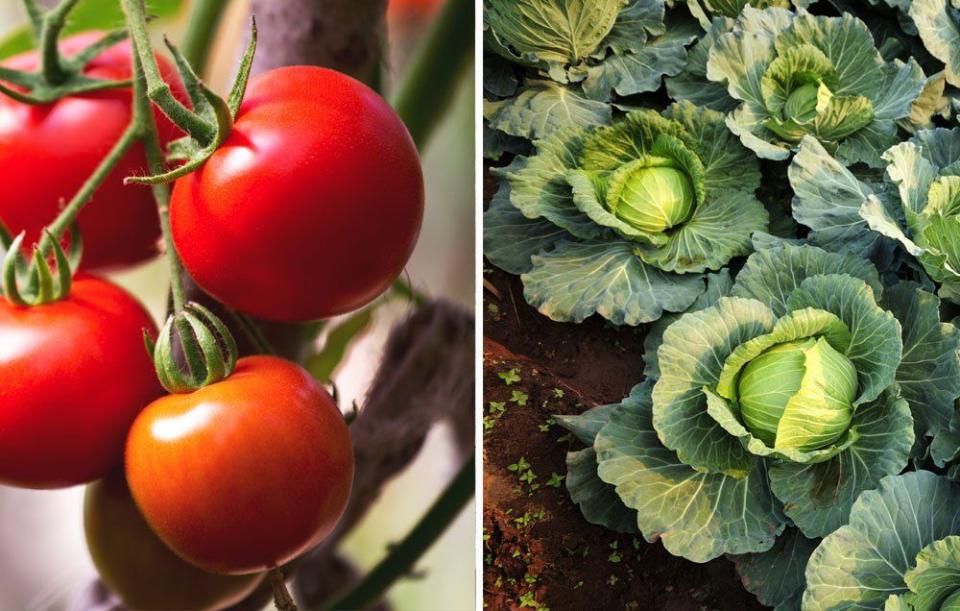
Tomatoes repel diamondback moth larvae, which can chew large holes in cabbage leaves.
Cucumbers and Nasturtiums
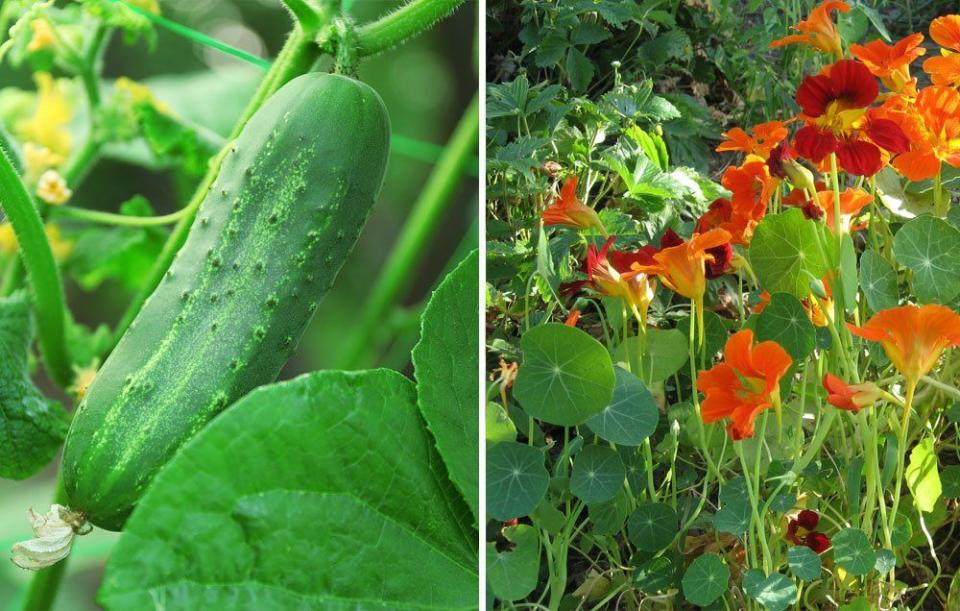
The nasturtium's vining stems make them a great companion rambling among your growing cucumbers and squash plants, suggests Sally Jean Cunningham, master gardener and author of Great Garden Companions. Nasturtiums reputedly repel cucumber beetles, but they can also serve as a habitat for predatory insects like spiders and ground beetles.
Peppers and Pigweed
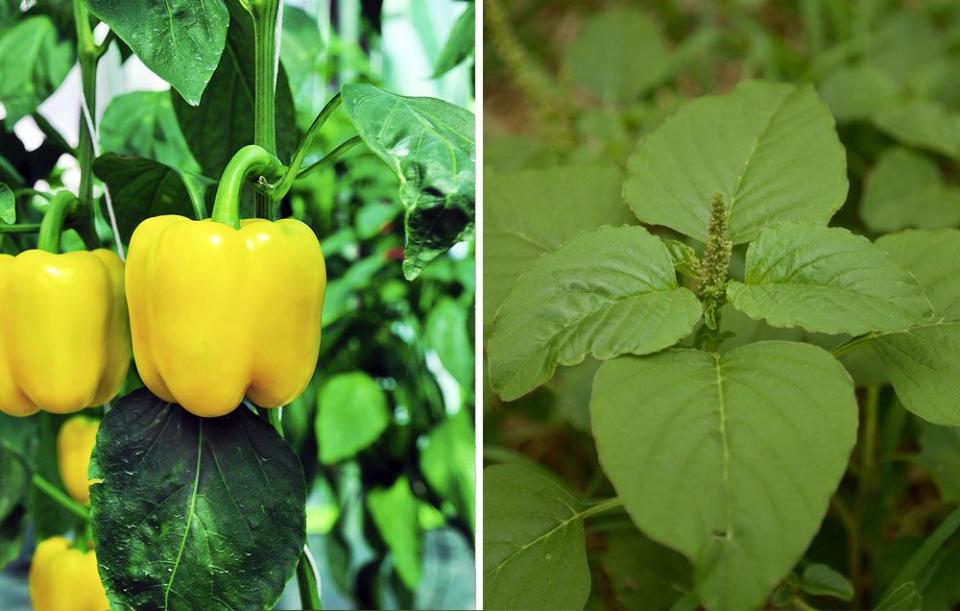
Leafminers preferred both pigweed (also called amaranthus) and ragweed to pepper plants in a study at the Coastal Plains Experiment Station in Tifton, Georgia. Just be careful to remove the flowers before the weeds set seed.
Cabbage and Dill
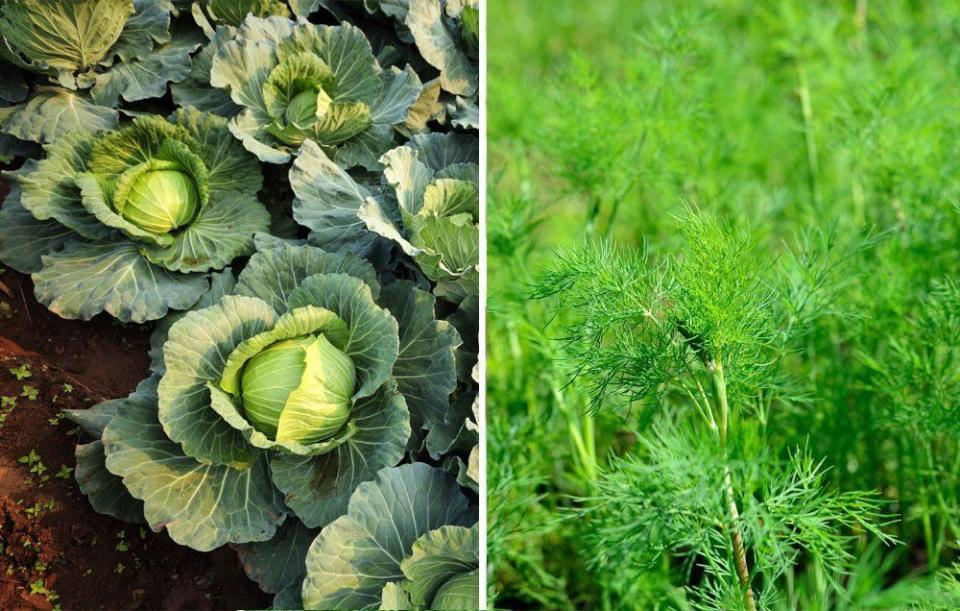
"Dill is a great companion for cabbage family plants, such as broccoli and brussels sprouts," Cunningham says. The cabbages support the floppy dill, while the dill attracts the helpful wasps that control cabbage worms and other pests.
Corn and Beans
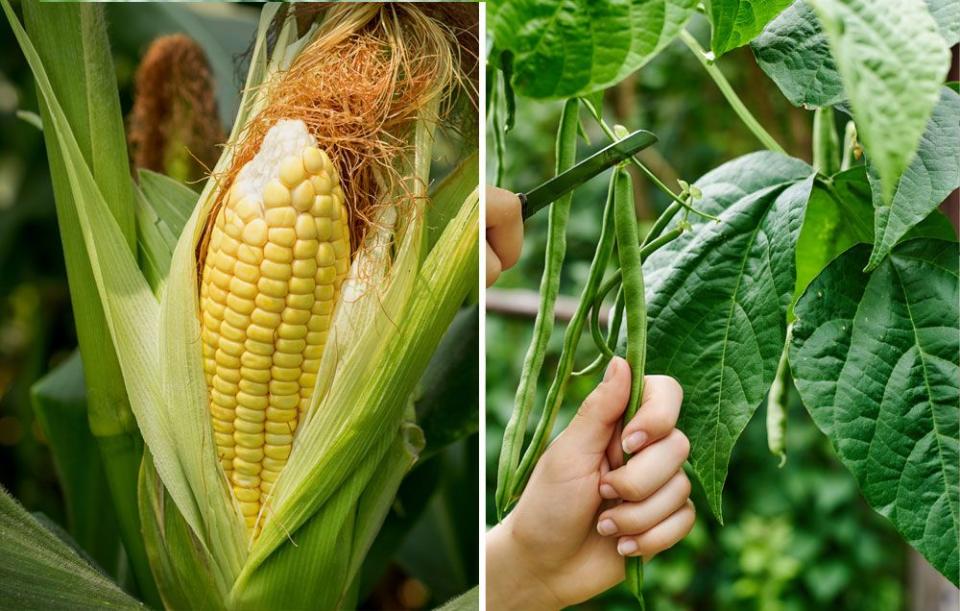
The beans attract beneficial insects that prey on corn pests such as leafhoppers, fall armyworms, and leaf beetles. The vines can also climb up the corn stalks.
Lettuce and Tall Flowers
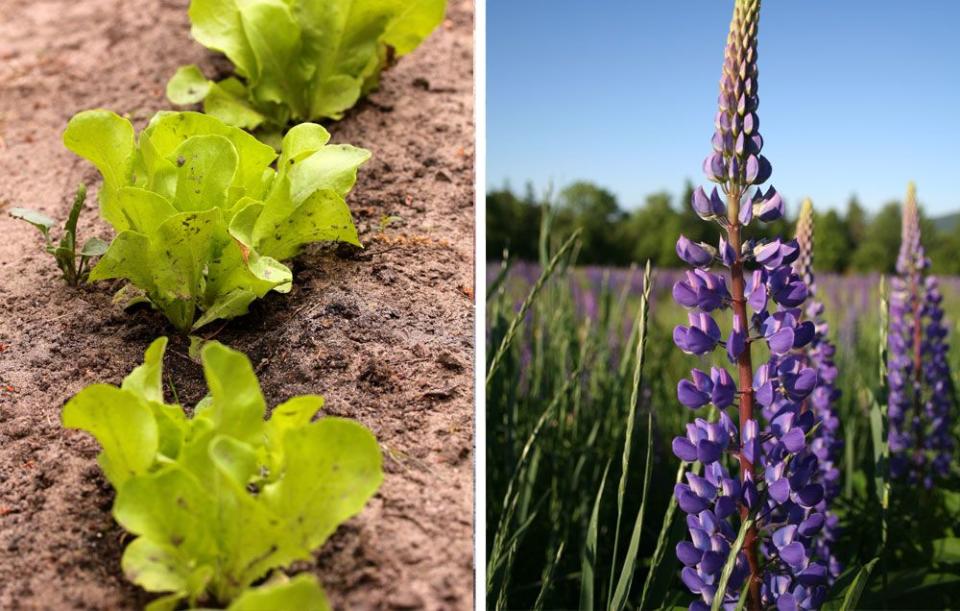
Nicotiana (flowering tobacco) and cleome (spider flower) give lettuce the light shade it grows best in.
Radishes and Spinach
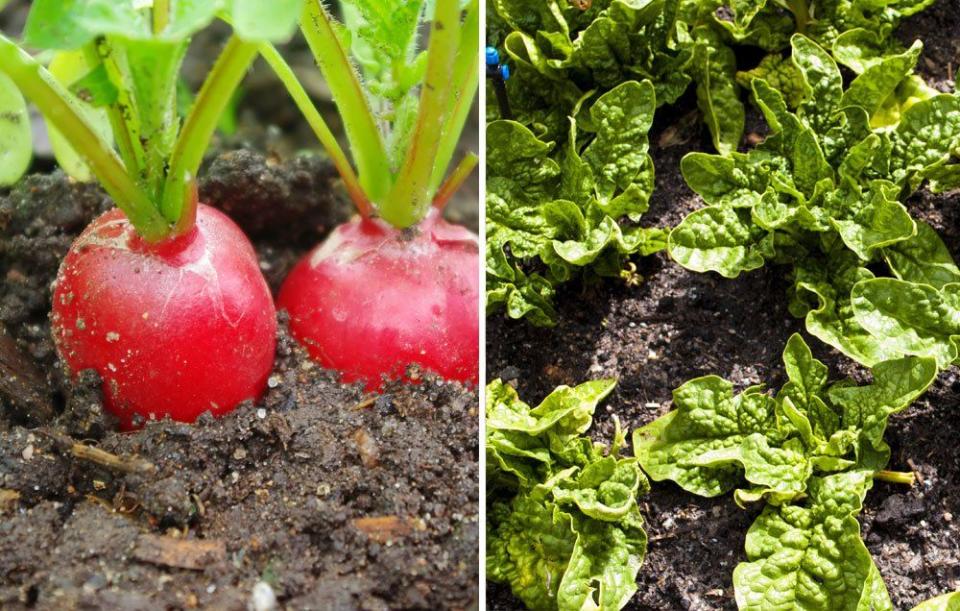
Planting radishes among your spinach will draw leafminers away from the healthy greens. The damage the leafminers do to radish leaves doesn't prevent the radishes from growing nicely underground.
Potatoes and Sweet Alyssum
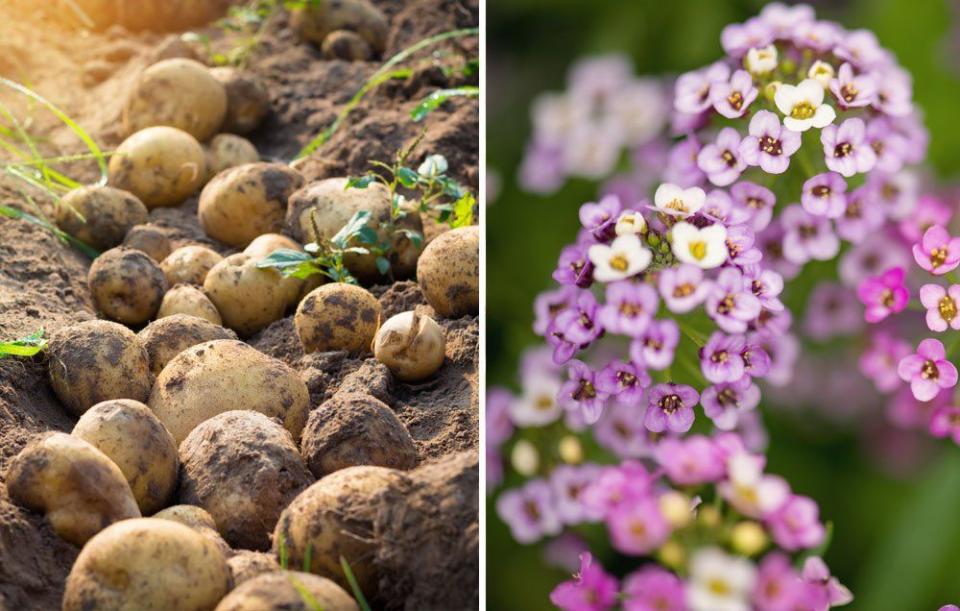
The sweet alyssum has tiny flowers that attract delicate beneficial insects, such as predatory wasps. Plant sweet alyssum alongside bushy crops like potatoes, or let it spread to form a living ground cover under arching plants like broccoli. Bonus: The alyssum's sweet fragrance will scent your garden all summe longr.
Cauliflower and Dwarf Zinnias
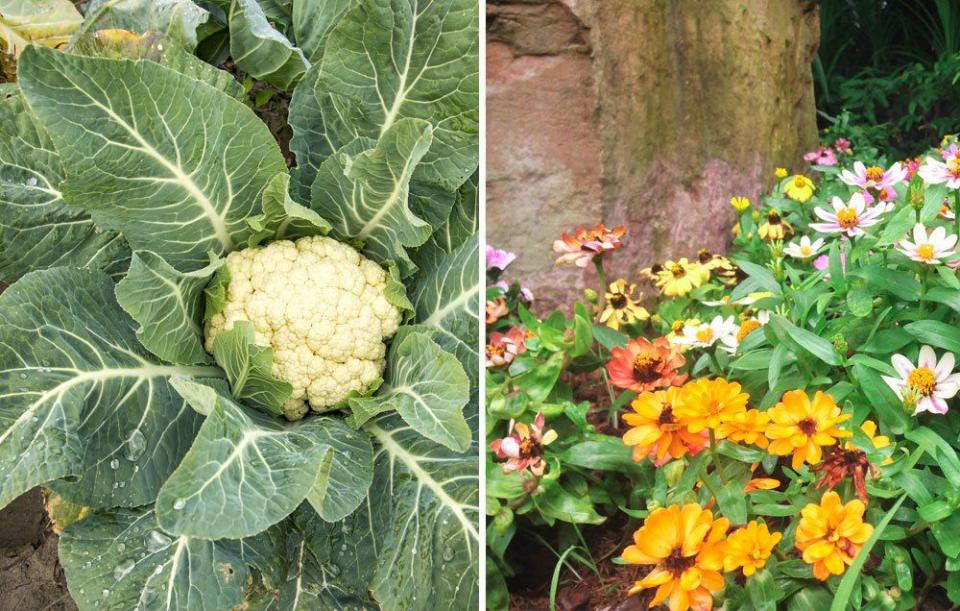
The nectar from the dwarf zinnias lures ladybugs and other predators that help protect cauliflower.
Collards and Catnip
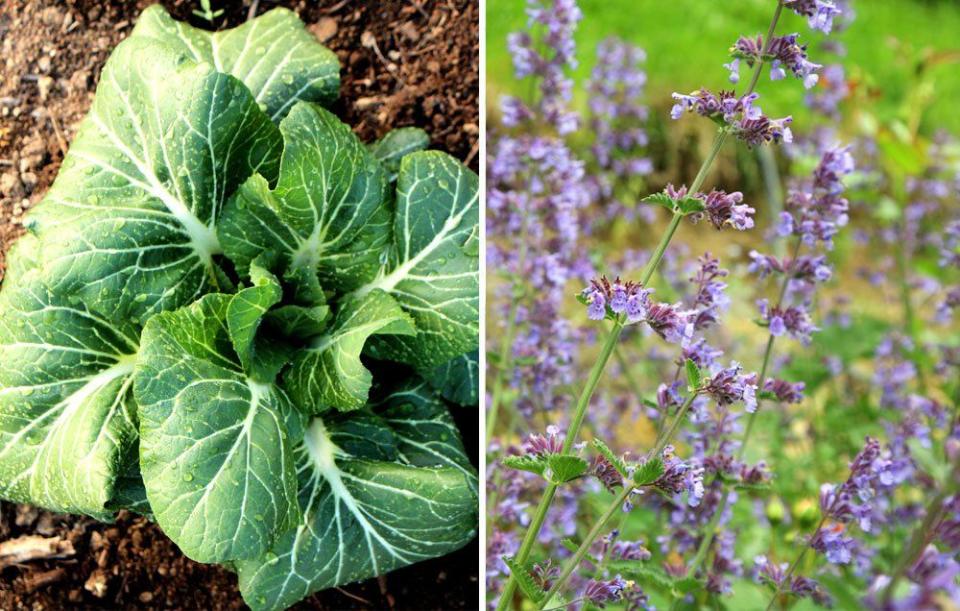
Studies have found that planting catnip alongside collards reduces flea-beetle damage on the collards. The fragrant plant may also help repel mosquitoes.
Strawberries and Love-In-A-Mist
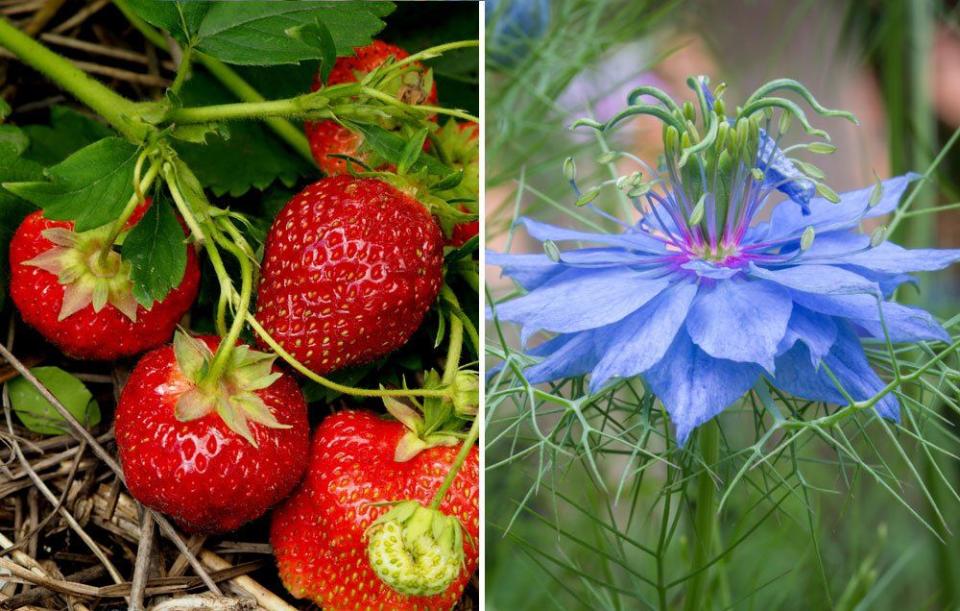
Tall, blue-flowered love-in-a-mist (Nigella damascena) "looks wonderful planted in the center of a wide row of strawberries," Cunningham says.
You Might Also Like

